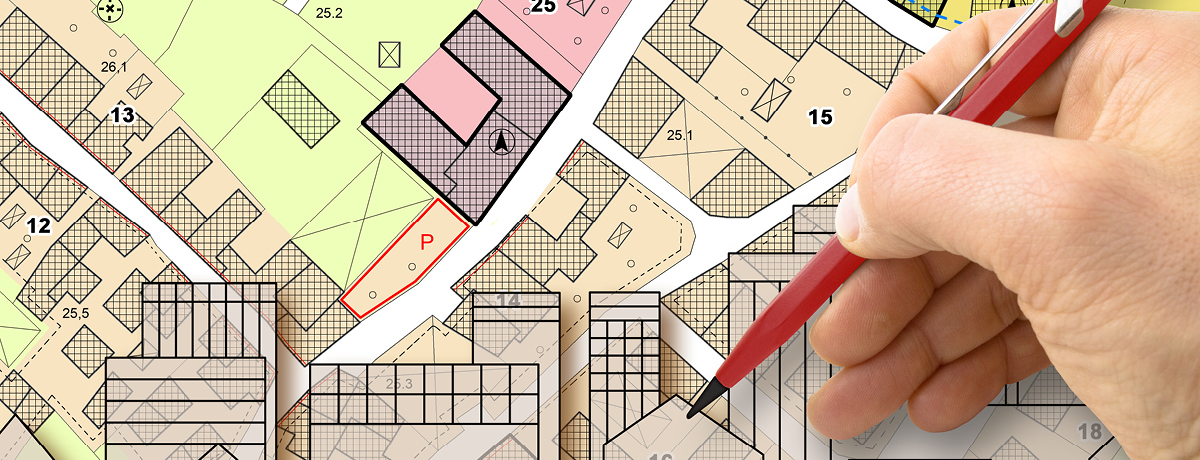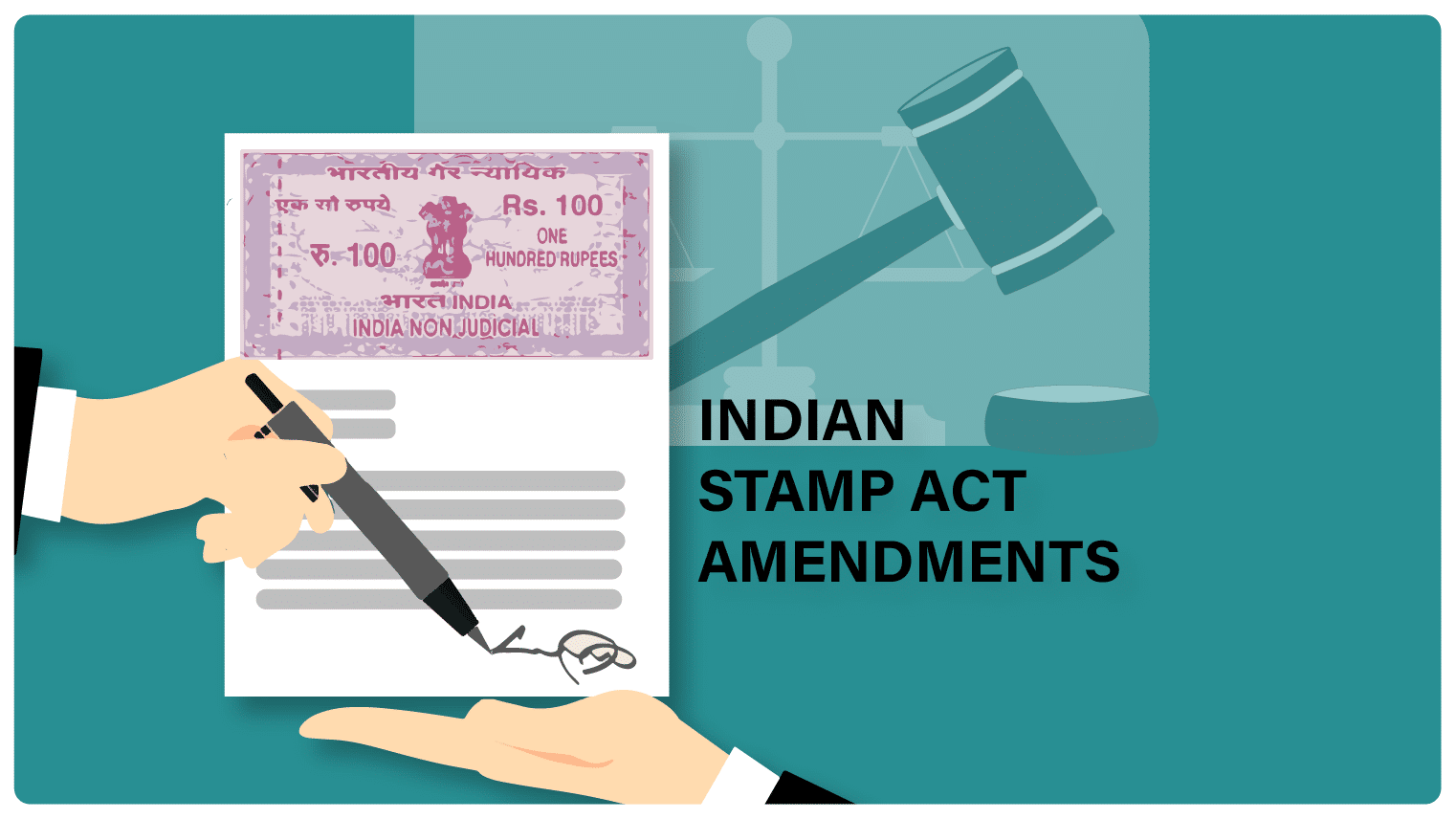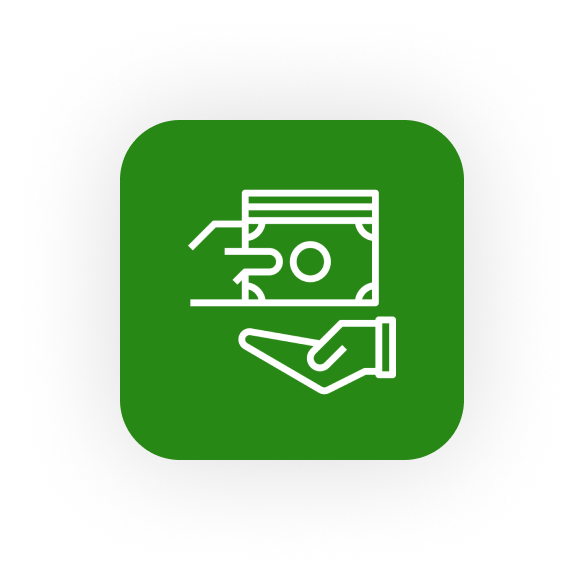To check if a property has a clear title and necessary approvals, start by verifying the ownership documents. The most important is the sale deed, which should be registered with the local sub-registrar. Check the mother deed to trace the chain of ownership and obtain an Encumbrance Certificate (EC) to ensure there are no mortgages, liens, or legal disputes on the property. Confirm that property taxes are paid up to date and, if applicable, obtain No Objection Certificates (NOCs) from banks or financial institutions. Next, ensure the property has the required legal approvals: verify the land-use and zoning permissions with the municipal authority, check that building plans are approved, and confirm the existence of a Completion Certificate (CC) or Occupancy Certificate (OC) to ensure the construction meets safety and legal standards. Conduct a physical inspection to verify boundaries, check for encroachments, and compare them with the documents. Verify the seller’s identity and authority to sell, especially if there are multiple owners. It is advisable to hire a qualified real estate lawyer to conduct legal due diligence, review all documents, check for ongoing litigation, and ensure compliance with local laws. Finally, cross-check the property history with neighbors and local authorities, and only proceed after confirming stamp duty payment and proper registration, which legally validates ownership. A thorough approach combining document verification, approvals check, physical inspection, and legal review ensures that the property has a clear title and is legally safe to purchase.
1. Understanding Clear Title
A property has a clear title when:
- It is legally owned by the seller.
- There are no legal disputes, encumbrances, or claims from third parties.
- The ownership can be transferred without any obstacles.
Key things to know about property title:
- Title Deed: This is the primary legal document proving ownership.
- Encumbrances: These are claims like mortgages, unpaid loans, or disputes.
- Chain of Ownership: A clear title should show a continuous chain of ownership without missing links.
2. Documents to Verify Clear Title
Here’s a list of documents that must be verified:
a. Sale Deed / Conveyance Deed
- This is the most important document. It shows that the seller is the legal owner and has the right to sell.
- Check if it is registered with the local sub-registrar office, which is mandatory.
b. Mother Deed
- This is the original ownership document from which all subsequent transactions originate.
- Helps verify the chain of ownership.
c. Encumbrance Certificate (EC)
- Issued by the Sub-Registrar’s office.
- Confirms if there are any mortgages, liens, or legal dues on the property.
- Usually requested for the last 12–30 years, depending on local law.
d. Property Tax Receipts
- Ensure all taxes are paid up to date.
- Unpaid taxes can indicate disputes or illegal occupancy.
e. No Objection Certificates (NOC)
- Required from banks or financial institutions if the property was mortgaged previously.
f. Possession Documents
- Receipts or agreements confirming the seller’s possession of the property.
3. Verifying Legal Approvals
Even if the title is clear, a property may be illegal if it lacks necessary approvals. Here’s what to check:
a. Land Use and Zoning Approvals
- Check with the local municipal authority if the land is designated for the intended use (residential, commercial, industrial).
- Unauthorized land use can lead to demolition or penalties.
b. Building Plan Approval
- Verify that building plans are approved by the municipal or development authority.
- Unapproved constructions may be illegal, even if ownership is clear.
c. Completion Certificate / Occupancy Certificate
- Issued by local authorities after construction is complete.
- Confirms that the building meets safety and legal standards.
d. Environmental & Other Approvals
- Certain properties may require environmental clearances, fire safety approvals, or coastal regulation permissions, especially commercial or industrial properties.
4. Physical Verification
Legal documents are essential, but physical verification is equally important:
- Survey the property: Check actual boundaries match the documents.
- Check encroachments: Ensure no one has built or is using a portion of the land illegally.
- Verify adjacent plots: Sometimes disputes arise from neighbors claiming shared land.
5. Verify the Seller’s Identity and Authority
- KYC documents of the seller (ID, PAN, Aadhaar, etc.)
- Relationship with co-owners: If there are multiple owners, get NOC from all co-owners.
- Ensure the seller has authority to sell (especially if the property belongs to a company, HUF, or trust).
6. Conduct Legal Due Diligence
- Hire a qualified real estate lawyer to:
- Review the sale deed, title chain, and encumbrance certificate.
- Check for ongoing disputes, court cases, or government claims.
- Verify approvals and compliance with local laws.
- Check online land records (if available) through government portals.
- Many states/cities maintain a digital land records system showing ownership and encumbrances.
7. Check for Encumbrances or Pending Loans
Even if a title seems clear:
- Visit the Sub-Registrar office for encumbrance certificates.
- Ask the seller for loan repayment statements if the property was mortgaged.
- Ensure all dues are cleared before transferring ownership.
8. Cross-Check Property History
- Speak with neighbors, previous owners, or real estate agents.
- Look for disputes, litigation, or government acquisition notices.
- Check property-related news or court cases in local records.
9. Stamp Duty and Registration
- After confirming the title and approvals, ensure the property is properly registered and stamp duty paid.
- Registration validates ownership under law and ensures you can defend it in court.
10. Red Flags to Watch For
- Incomplete or missing documents (sale deed, EC, NOCs).
- Title disputes or multiple claims on the property.
- Unapproved constructions or land-use violations.
- Outstanding loans, unpaid taxes, or litigation.
- Inconsistencies in seller information.
Step-by-Step Checklist
- Collect all title documents (sale deed, mother deed, EC).
- Verify seller identity and ownership chain.
- Check for encumbrances, mortgages, and loans.
- Confirm property tax payments and municipal dues.
- Verify land-use, zoning, and building approvals.
- Inspect physical boundaries and encroachments.
- Check for litigation or disputes with neighbors or authorities.
- Obtain legal opinion from a real estate lawyer.
- Complete stamp duty payment and registration.
https://www.livehomes.in/blogs













